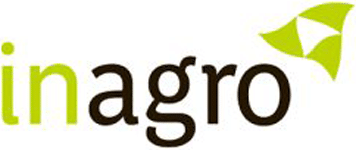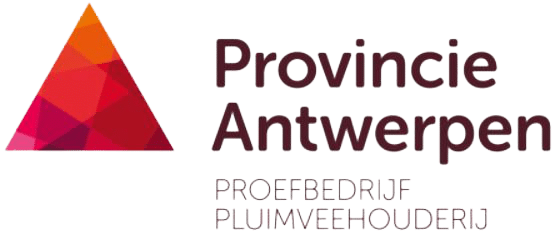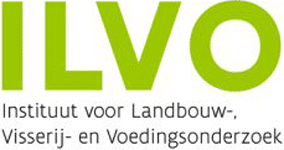Global warming and its evolution is one of the main policy priorities in Flanders and Europe. The next few years are crucial in reducing CO2-emissions and adaptation to the changing climate. The agricultural sector also has an important role to play here and is under pressure to reduce its carbon footprint.
Whereas animals used to be raised to process residues, modern livestock farming relies on raw materials imported from all over the world. The most extensive is soya from South America. Soybean meal is a very interesting raw material because of its high protein content, good digestibility and very interesting amino acid composition. So at present, it is nutritionally the most efficient source of protein, but it comes at a high environmental cost. For some time now, alternatives to soybean meal have been sought that have less environmental impact. Not only the environmental impact is a consideration. The dependence on protein from outside Europe also ensures that various initiatives are taken to produce more local protein (Part of the European "Farm to Fork" strategy).
In order to become more environmentally friendly and protein independent, the share of imported soy has to decrease. As European soy production is still in its infancy, it is more realistic in the short term to rely on alternative raw materials to replace imported soy. Currently, a lot of co-products are still processed by the animal feed industry. These raw materials have been characterised and their feed value has been included in feed databases. Maximum use of by-product streams will continue to be very important in the circular economy in the future. Within current European meat production, soy-free feed production is likely to be more expensive than current conventional production. This is not a problem if consumers are also willing to make an effort and pay extra for meat and eggs produced soy-free. Alternative business models are also gaining in importance and soy-free or low-soy feed fits into this picture.
In this project, we want to demonstrate that alternatives to soybeans and soybean meal are present in Europe and that there is therefore potential to incorporate more alternative protein sources into the rations of pigs and chickens. The transition will only be possible if arable farmers are involved in the potential market for them in animal production. After all, incorporating European protein is only possible if there is also European production. It is therefore necessary to involve the whole chain (arable farmer, feed manufacturer, livestock farmer, slaughterhouse, retail, etc.) in the transition of the pig and poultry sector to the use of more European protein sources.











